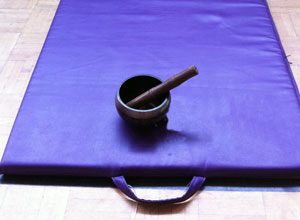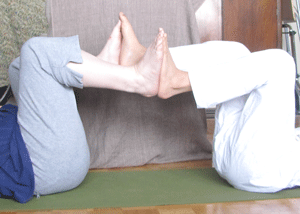When I began teaching in Montessori I found record keeping and taking observation notes was a difficult thing for me to handle and be consistent with. Over time, I have found a stressless way for me to have a plan. Montessori records and lesson plans are all individualized. As Montessori teachers, we "follow" the child through observations to see what the child may need: intellectually, emotionally, socially, physically and spiritually.
First I have a legal sized clipboard. The first page is a Lesson Plan grid with 25 spaces for me to have each child's name. Below are lessons that I plan on giving the child. After I give the lesson, I put a check mark next to the lesson to remind me it has been given.
If you have an assistant that knows what most of the works are called, I would have them record what each child is working on in the morning hours. This has given me more time to focus on lessons to the children and I can really observe the children in the environment instead of, "Sam had snack, cards and counters, etc." You will have time to observe the child and write ample notes. At the end of the morning, my assistant will give me her list. I then transfer this onto my Daily Record Keeping form. This monthly record shows lessons the child had, what they are working on, emotional/social behavior and a parent communication record.
When it is time for me to communicate with a parent, I am easily able to look at my notes and observations. This also allows me to easily transfer my records in the "official" checklist.
First I have a legal sized clipboard. The first page is a Lesson Plan grid with 25 spaces for me to have each child's name. Below are lessons that I plan on giving the child. After I give the lesson, I put a check mark next to the lesson to remind me it has been given.
If you have an assistant that knows what most of the works are called, I would have them record what each child is working on in the morning hours. This has given me more time to focus on lessons to the children and I can really observe the children in the environment instead of, "Sam had snack, cards and counters, etc." You will have time to observe the child and write ample notes. At the end of the morning, my assistant will give me her list. I then transfer this onto my Daily Record Keeping form. This monthly record shows lessons the child had, what they are working on, emotional/social behavior and a parent communication record.
When it is time for me to communicate with a parent, I am easily able to look at my notes and observations. This also allows me to easily transfer my records in the "official" checklist.


























